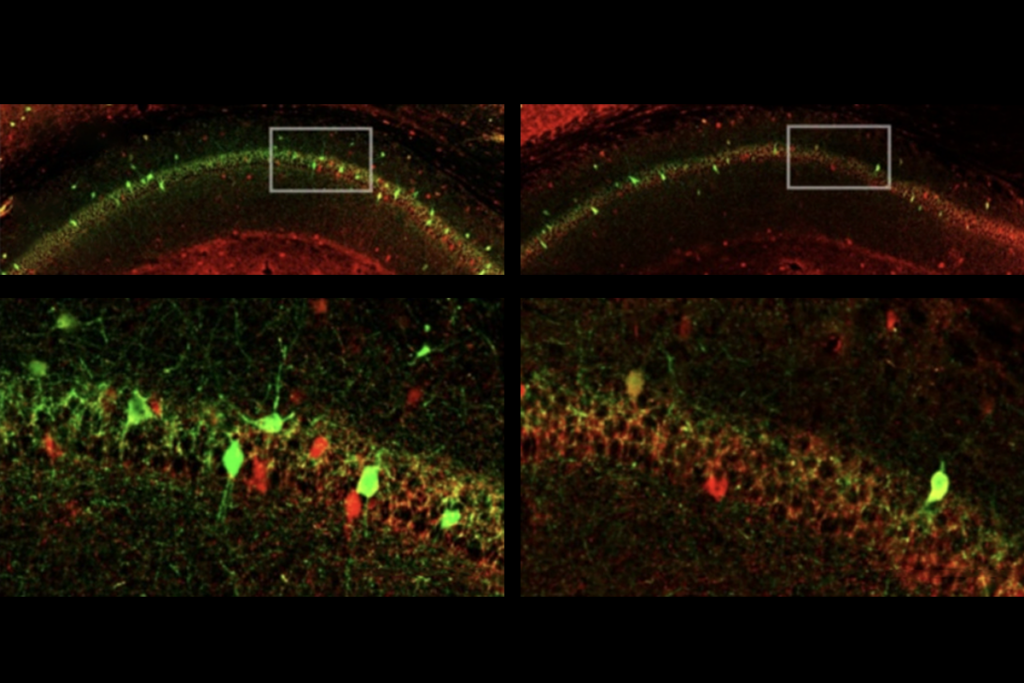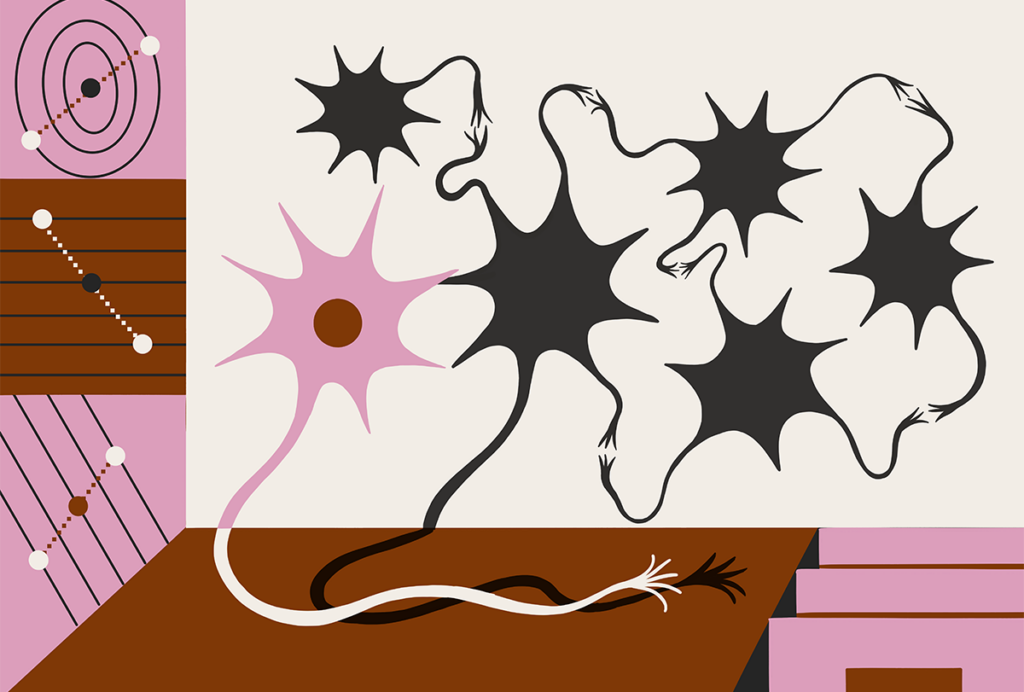What teenagers can teach scientists about autism
Examining the teenage years presents a major opportunity for understanding and treating autism.
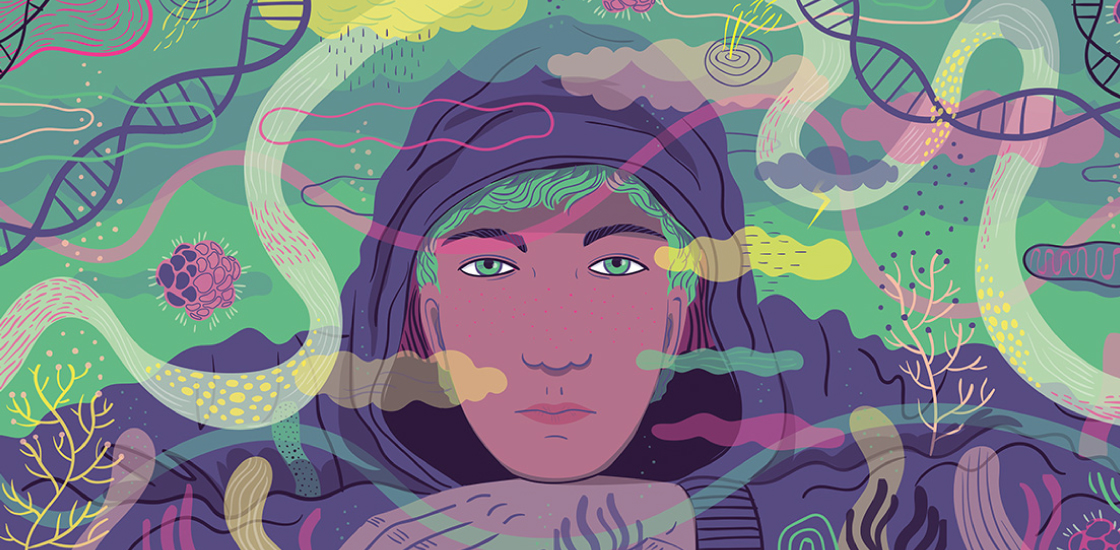
I am the proud parent of two amazing, inspiring teenage girls. We fill our evenings and weekends with my unproven algebra tutoring and driving school. I sometimes struggle in my roles as tutor, math instructor, interpreter for the male gender … and father.

Life Science
Autism research and the real world
My desire to better understand my daughters and to be a good father has led me to follow with great interest the burgeoning area of adolescent brain development. I’m awestruck by how the latest findings apply to my daughters. Moreover, my colleagues and I are keen to consider how this work can inform our understanding of autism1.
This is an exciting time for autism research. Yet, despite the breakthroughs over the past few years, one key group of people with autism continues to be underresearched — teenagers. Paradoxically, this is the group that needs new research most urgently.
Approximately 50,000 children with autism turn 18 each year, and about 450,000 individuals with the condition are between 16 and 24 years of age, according to the latest National Autism Indicators Report. Despite these numbers, the Interagency Autism Coordinating Committee reports that only 2 percent of autism research dollars are directed at the challenges facing young people as they transition to adulthood.
We have a lot to learn about how to help young people successfully make this transition.
Examining the teenage years also presents a major opportunity for autism treatment. Adolescence is a time of tremendous brain reorganization and plasticity, rivaling that seen in early infancy2. What’s more, about half of children with autism are not diagnosed until they are 5 or older3. Late diagnoses are particularly common among girls, who may manifest the condition differently4.
Blind spot:
Although experts have focused mainly on early childhood as the primary window for intervention, adolescence represents a second window. But we know far too little about the changes in brain connectivity, structure and function that support optimal social development.
Facing this blind spot in autism research, my team at the George Washington University along with our Autism Center of Excellence (ACE) collaborators are engaged in a five-year initiative to find new ways of improving the lives of adolescents and young adults with autism.
Since 2012, through a network of sites, we have collected information on an unparalleled sample of nearly 250 girls and boys with autism, approximately 175 of their typical siblings and about 200 typically developing girls and boys — all between 6 and 17 years old. We have sequenced their genomes and measured gene expression from blood samples. We have documented the structure, function and connectivity of key brain systems using magnetic resonance imaging and electroencephalography.
We have also collected extensive clinical and behavioral data from our participants. The result is a shared treasure trove of data. Now, with a 2017 renewal ACE grant, we aim to collect longitudinal data from these people in their journey through adolescence and into adulthood.
Following these individuals enables us to chart, in eye-opening detail, their developmental trajectories as they move through this key transitional period. We aim to use our data to better understand the mechanisms underlying diversity in social communication abilities — ranging from socially competent to severely compromised — within and across genders.
This knowledge could lead to personalized, and thereby more effective, interventions for people living with autism.
Community ties:
In our study, we plan to look at how hormone levels in adolescence interact with brain function and genetics to determine the severity of autism traits. We also want to look at the connection between these biological features and important life outcomes such as employment, happiness, relationship satisfaction and physical health. Our ACE network of collaborators is among the first groups to look at the potentially broad influence of hormones on autism traits and outcomes.
This is truly a systems biology approach. Ultimately, our research may help us understand the relationships among genes, hormones, the brain and behavior, and how these relationships affect individual developmental trajectories. It may also lead to improved methods of providing care.
We are engaging autism self-advocates directly to help design our studies, collect and analyze the data, and present the results. Their involvement helps us ensure that our work is of the highest relevance to the communities we serve.
Gaining a deep understanding of brain development during the teenage years will help us know what to expect in young adulthood. We may even be able to affect real-world outcomes such as the happiness, employment, education and health of young adults with autism.
Autism’s causes and treatments remain stubbornly elusive. Adolescents and young adults would benefit greatly from interventions tailored to this time in their lives.
References:
Recommended reading
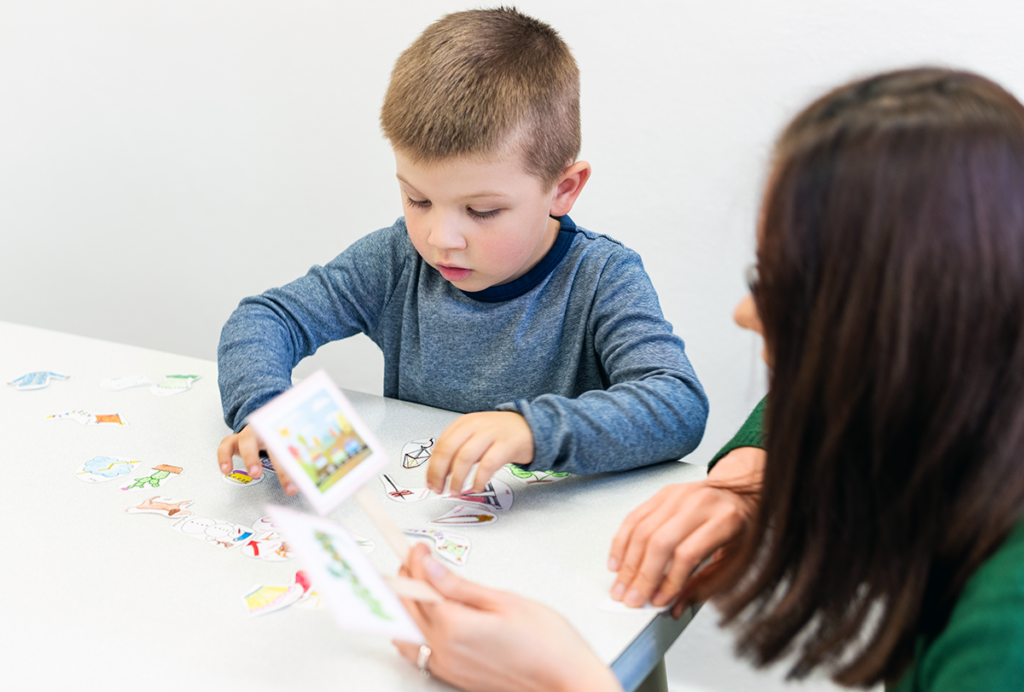
Genetic profiles separate early, late autism diagnoses
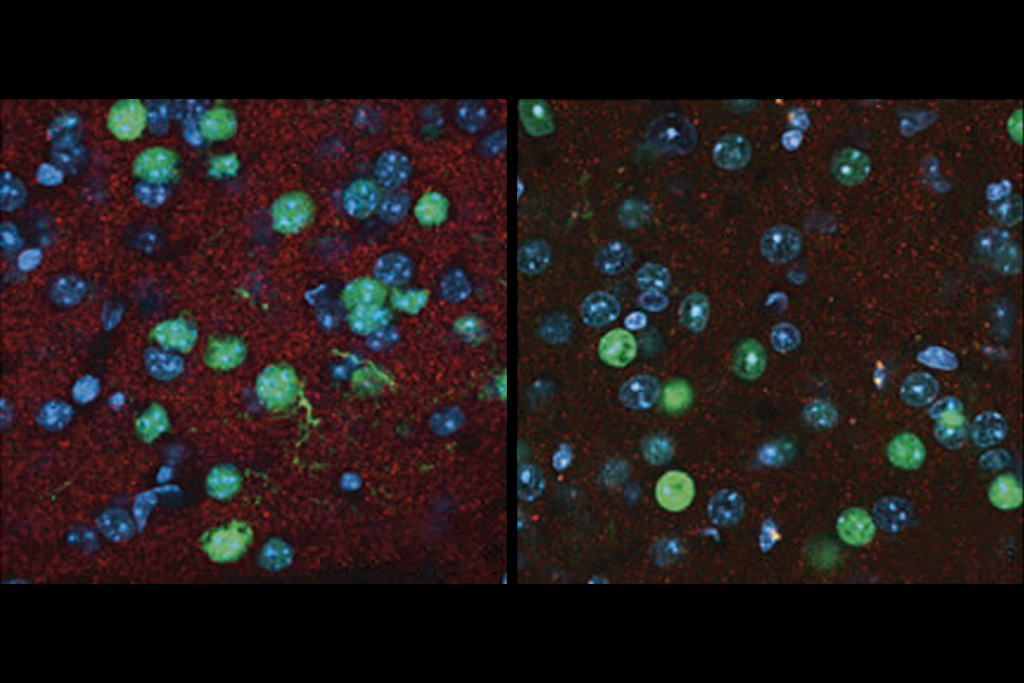
SHANK3 deficiency and behavior in mice; and more

Autism scientists push back on CDC’s inaccurate vaccine claims
Explore more from The Transmitter
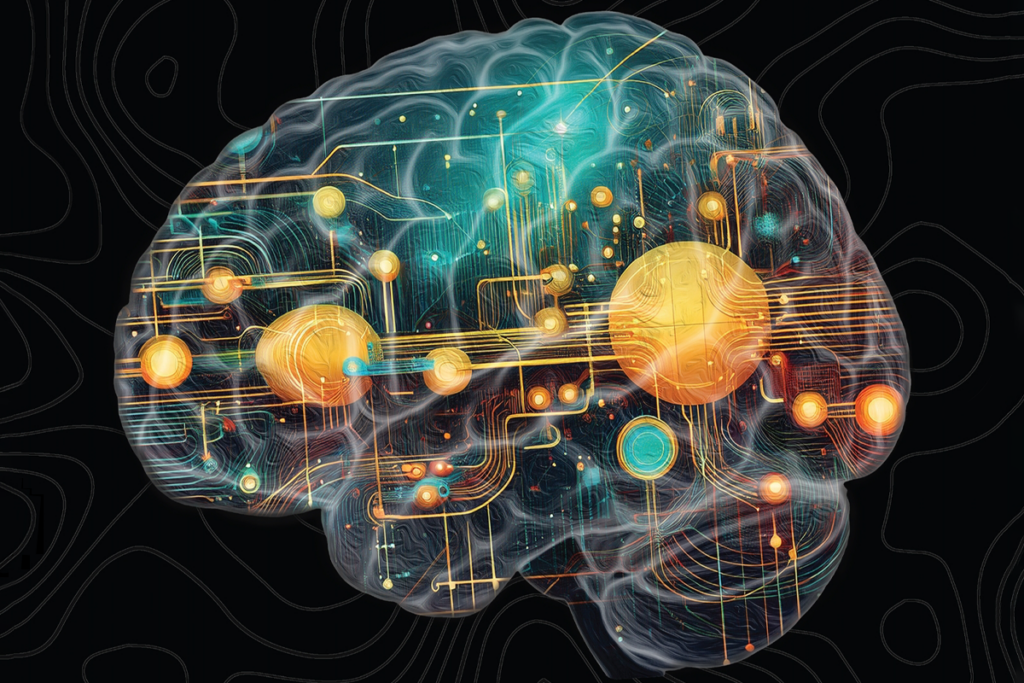
‘Wired for Words: The Neural Architecture of Language,’ an excerpt
